How to keep Dual diagnosis of Autism and ADHD pupils engaged
In this article, experienced teacher and tutor Ann, shares top tips to support young people who have a dual diagnosis of Autism and Adhd.
50 to 70% of individuals with Autism Spectrum Disorder (ASD) also present with Attention Deficit Hyperactivity Disorder (ADHD). As educators and parents, we need to be aware that often these conditions come hand in hand.
ASD is a social and communication disorder, which has effects on communication, relationships and behaviours. Typically, the condition results in difficulties in communicative flow and as a result, initiating and maintaining friendships. In addition, for the diagnosis, there must be evidence of either: repetitive behaviours, behavioural inflexibility or heightened reaction to the sensory environment.
ADHD incidence is on the increase in the UK. Symptoms include inattentiveness, what appears to be a careless approach, difficulties in organisation and concentration. We can expect up to 5% of the population of young people up to the age of 14 to present with this condition. Both conditions are more prevalent in boys but diagnosis rates in girls with one or both conditions are on the increase.
Strategies for Student Success
1. Use a calm, even tone and set clear expectations for behaviour
It is crucial to create the correct sensory environment for young people on the autistic spectrum. Young people with ASD and ADHD sometimes struggle to regulate their emotions but in my experience, a calm environment with clear expectations reduces anxiety and creates opportunities for breakthroughs. This in turn increases confidence levels.
- Students with ASD and ADHD learn best with a clear structure. A visual timetable of what is going to happen and in which order is important.
- Use visual prompts in communication.
- Plan technology-assisted learning experiences to enhance core skills in reading tasks, research, problem solving and scientific investigative work. Interactive tools such as spelling apps and Maths apps work well work for younger children.
- Embrace special areas of interest. Some students on the autistic spectrum have very specific topics of profound interest to them. Learning activities which include references to trains, chemical formulae, numbers, art, gardening and music in young adults are helpful and references to dinosaurs, specific cartoon characters, books or colours in younger children should engage the student if this is one of their interests.
- Movement
Some children with these conditions are kinaesthetic learners. Maths problems can be solved with headphones whilst pacing, times tables and spellings can be recited whilst walking, points of view in essay writing can be expressed more easily often whilst moving.
2. Short activities
Twenty minute learning stretches in one subject area followed by a change of activity, preferably with a visual stimulus is ideal.
- 1:1 tutoring or small group learning. Most young people diagnosed with both conditions will have a support plan which provides 1:1 teaching support. Teaching Assistants often do this work in schools but individual home-based tutoring has a really important role in recapping on prior learning, revising challenging concepts, providing a supportive environment to encourage communication and to facilitate confidence building.
Useful websites for further research: https://www.autism.org.uk/


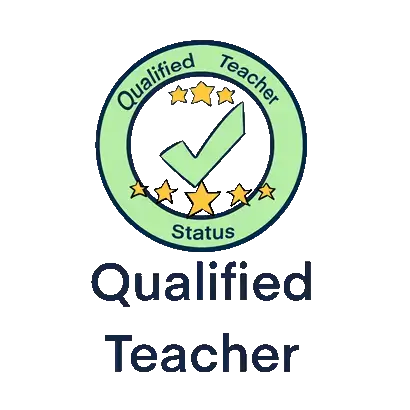
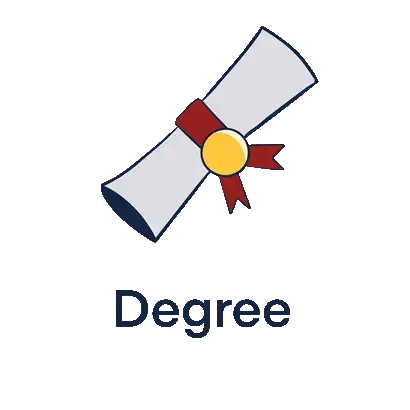
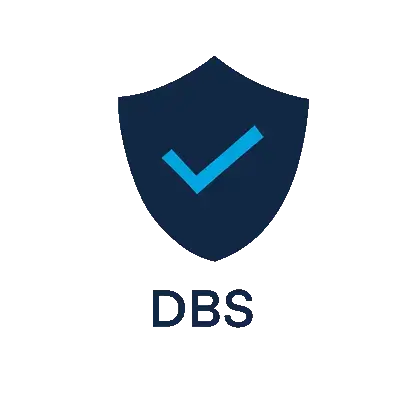
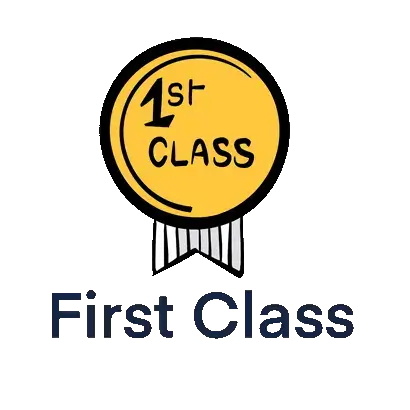
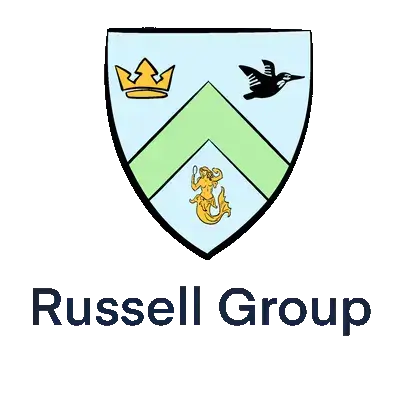



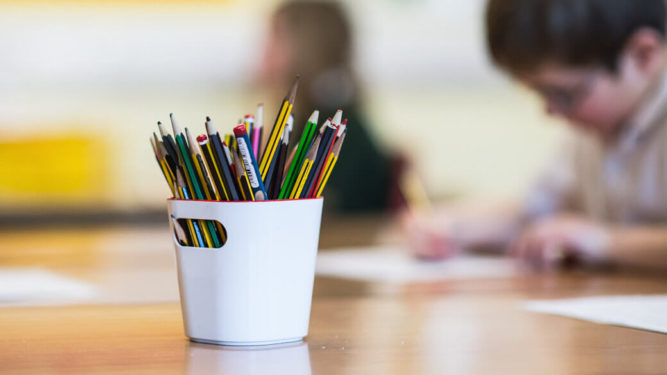
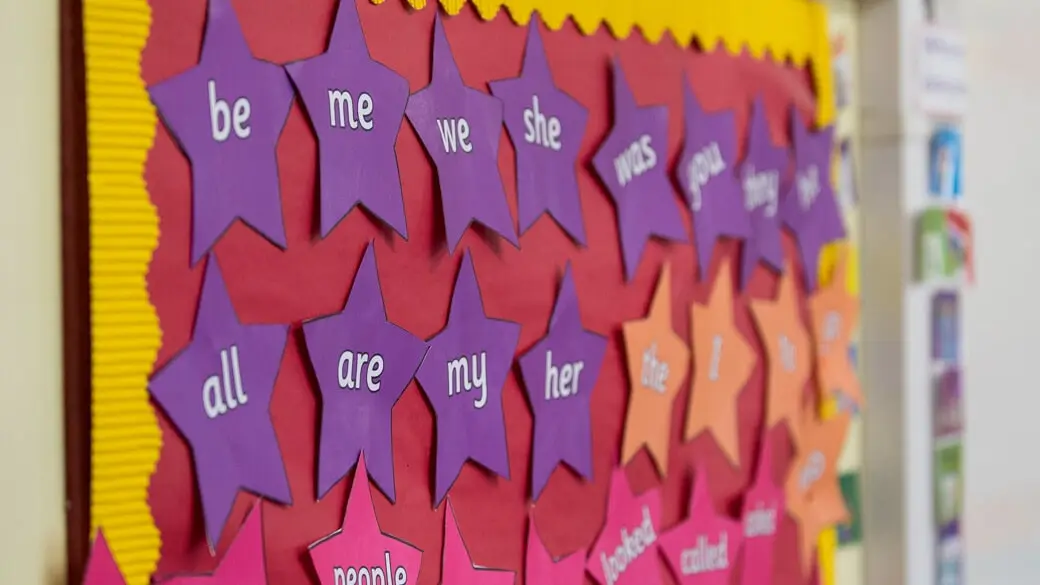
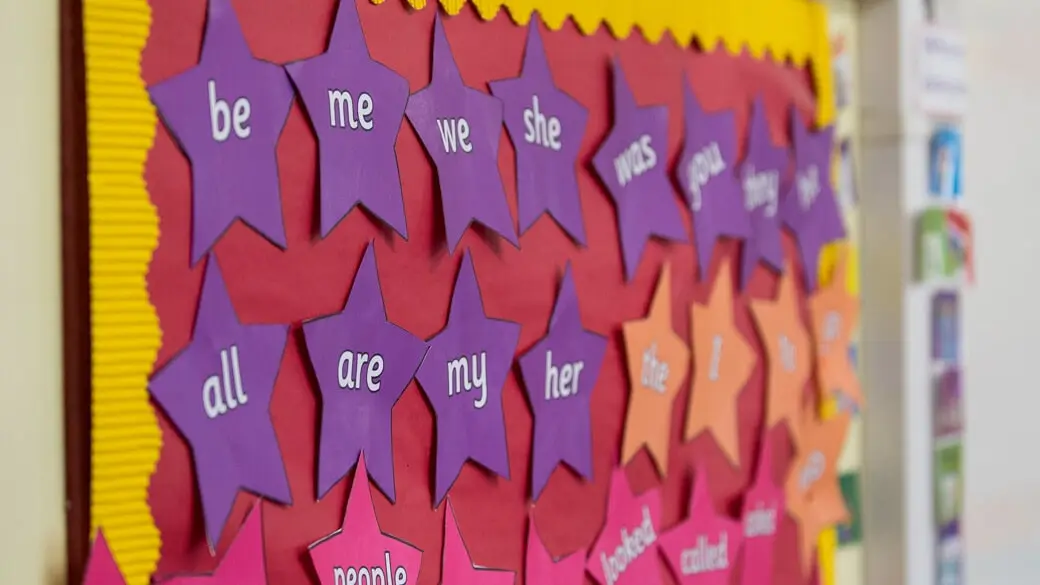
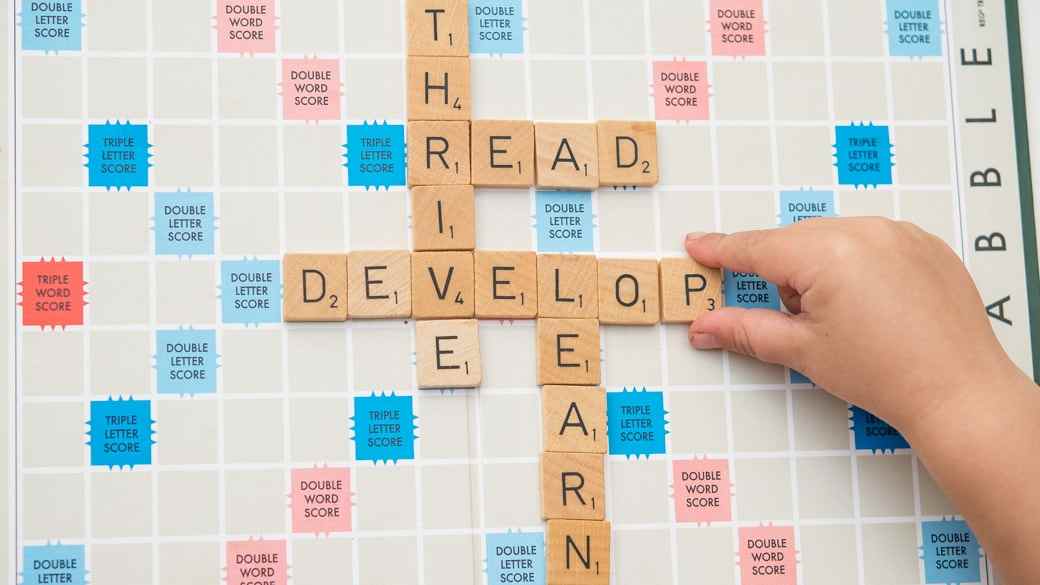
Start the discussion!